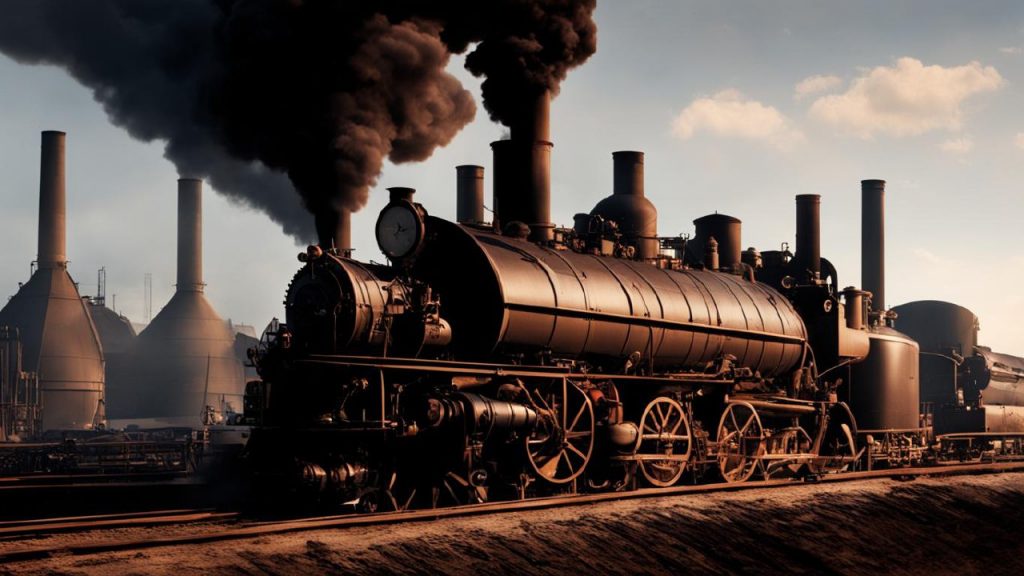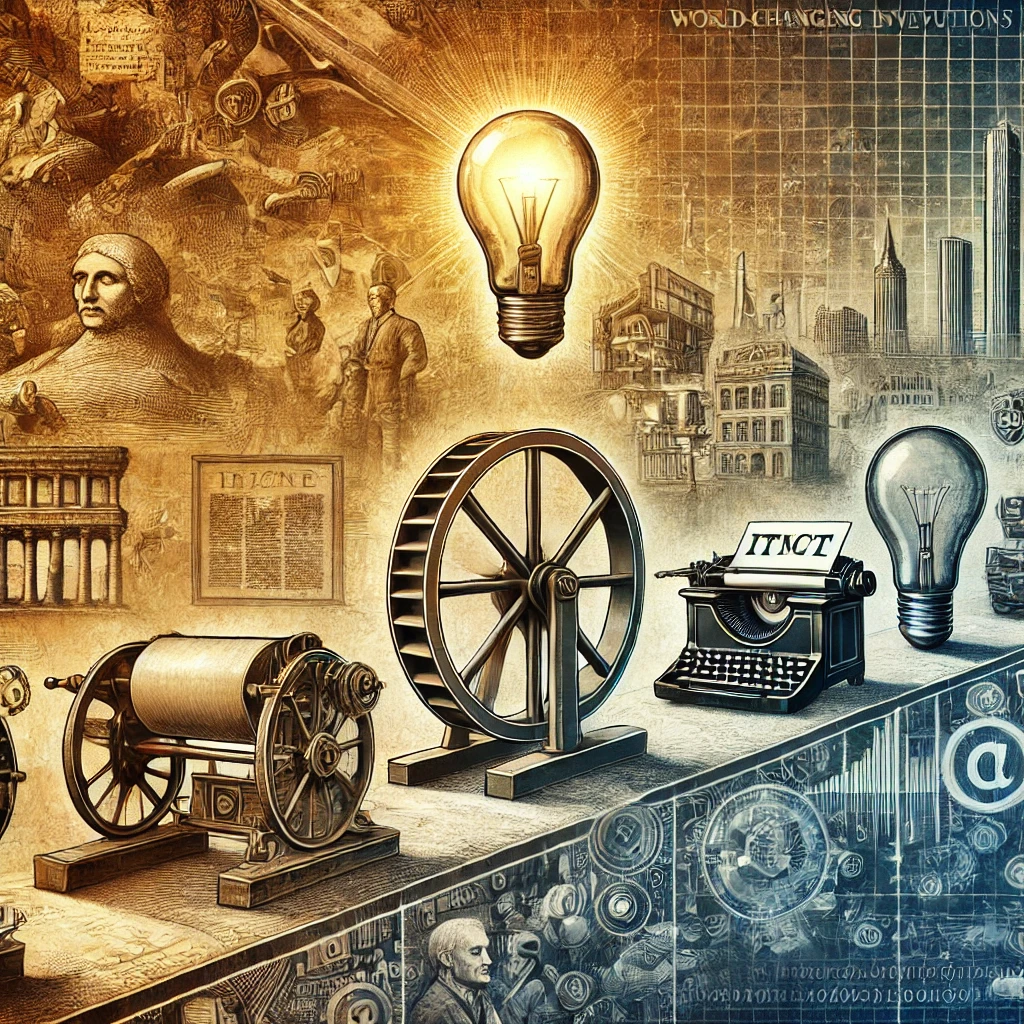
The Technical Revolution, a period of deep economic, social, and concerning details change, was fueled in large part apiece development and widespread acceptance of steam capacity. Steam engines molded the way goods were created, transportation systems conducted, and economies functioned, laying the fundamentals for the modern world we use today. In this item, we’ll delve into the fascinating tale of steam power and allure pivotal function in driving the Industrial Innovation.
The story of steam capacity begins in the 18th century accompanying the invention of the steam turbine by Scottish engineer James Watt. Watt’s steam engine, control in 1769, represented a significant bettering over earlier steam transformers, which were inefficient and dependent on something failure. Watt’s turbine used a separate condenser to develop efficiency, making it suitable for a expansive range of industrial applications.
Individual of the key innovations of Watt’s steam generator was its ability to convert the heat strength of steam into mechanical work, that could then be used to capacity machinery and equipment. This progressive technology allowed factories and mills to harness the power of energy to drive machinery such as fabric looms, water pumps, and sawmills, increasing productivity and adeptness in manufacturing processes.
The adoption of energy power had a transformative affect industries such as fabrics, iron and steel production, and excavating. In the textile industry, energy-powered looms and rotating machines replaced manual labor, chief to a dramatic increase in textile result and the growth of the factory structure. In the iron and steel industry, energy-powered blast furnaces and rolling mills enabled the volume production of iron and steel products, inciting the construction of railways, bridges, and buildings.
Energy power also transformed transportation systems, making it likely to move goods and crowd more quickly and efficiently than always before. The development of steam-stimulate locomotives and steamships opened up new markets and trade routes, connecting distant regions and forceful economic growth and happening. Steam-powered railways and steamships enhanced the backbone of global conveyance networks, connecting cities, ports, and industrialized centers across continents and oceans.
The impact of energy power extended further the factory floor and the transportation subdivision, shaping society, idea, and the environment in profound habits. The growth of industrial ports and urban centers fueled by energy-powered industries managed to rapid population growth, urbanization, and public change. The demand for coal and added fossil fuels to power energy engines contributed to material degradation and pollution, superior to concerns about air and water quality and public health.
Regardless of its drawbacks, energy power played a important role in laying the bedrock for the modern world. The Technical Revolution released a wave of innovation and progress that transformed all aspect of human life, from the habit we work and live to the way we communicate and communicate with one another. Steam capacity may have been out-of-date by newer technologies to a degree electricity and internal explosion engines, but its heritage lives on in the infrastructure, organizations, and ideas that continue to shape our planet today.
In conclusion, energy power was a driving force behind the Modern Revolution, transforming frugalities, industries, and societies in deep and lasting ways. The creation and widespread adoption of the energy engine revolutionized production processes, transportation structures, and urban development, laying the fundamentals for the modern world. As we remember the legacy of steam capacity, we can appreciate its act in shaping the world we person who waits on another today and inspiring future era to continue pushing the frontiers of innovation and progress.


